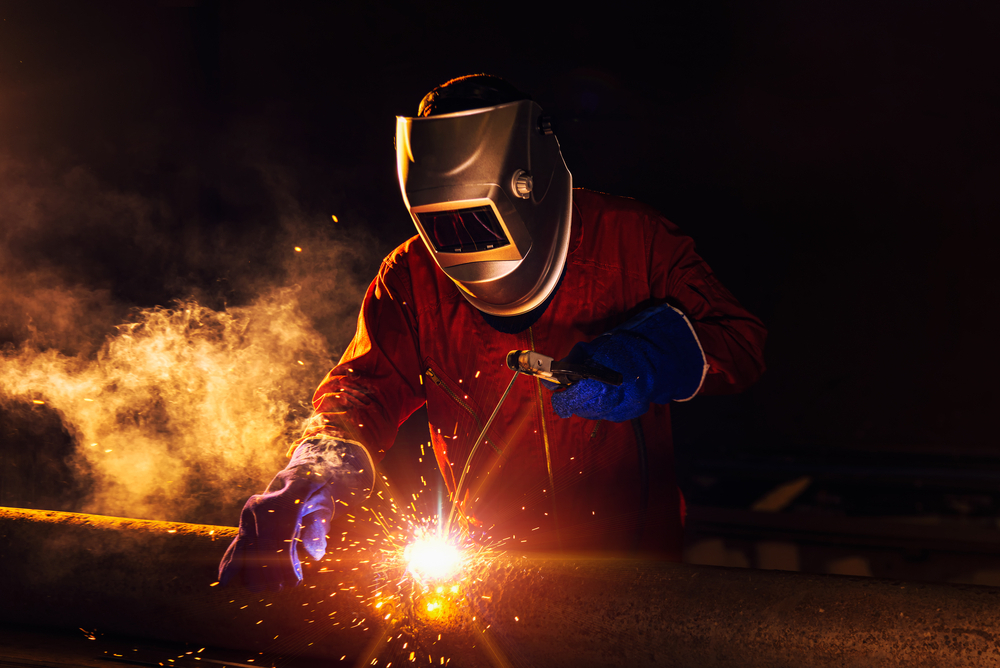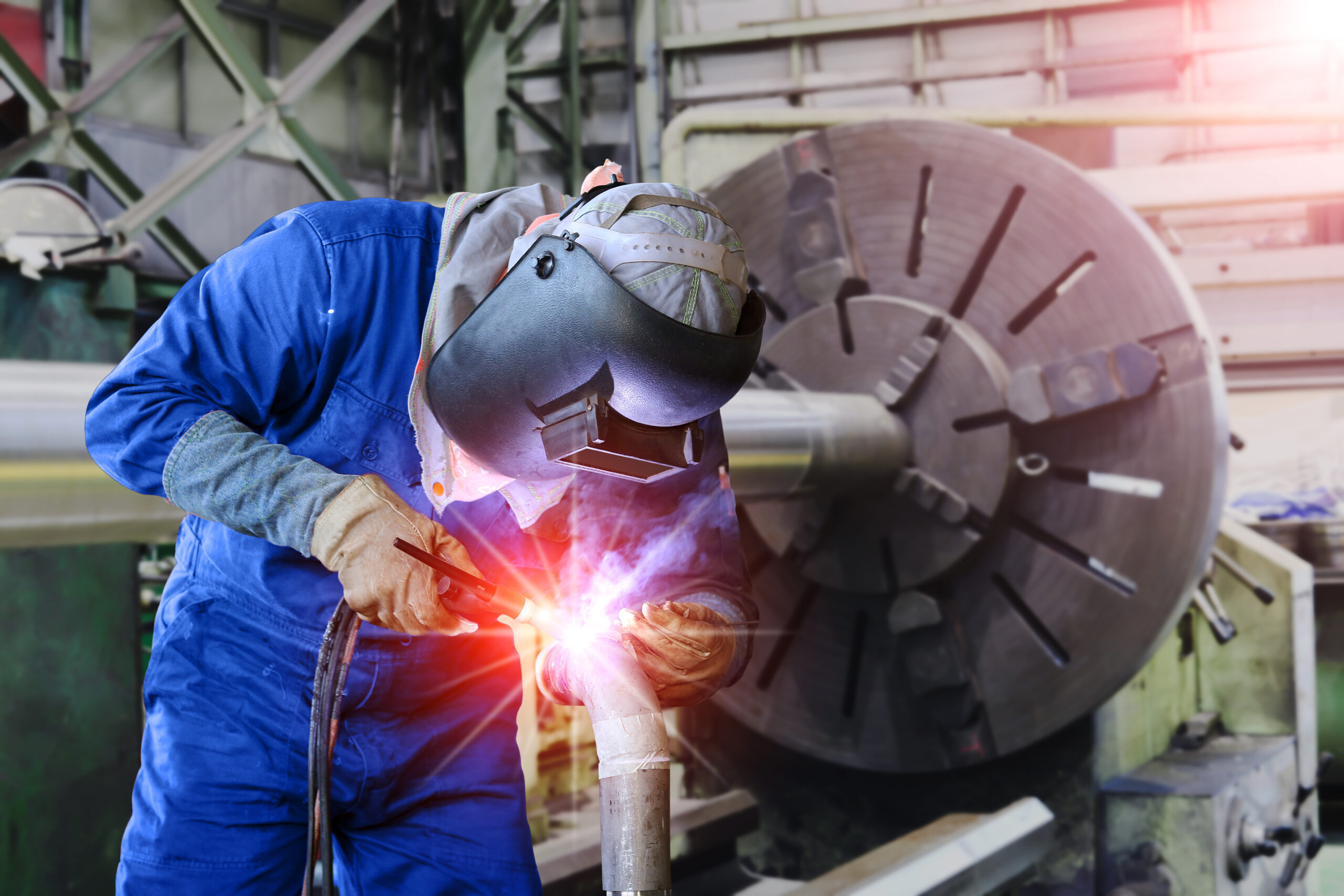Just how to Develop an Efficient Welding WPS: Tips and Best Practices
Just how to Develop an Efficient Welding WPS: Tips and Best Practices
Blog Article
The Ultimate Overview to Welding WPS Procedures: An Extensive Overview for Welders
In the intricate world of welding, Welding Treatment Requirements (WPS) offer as the foundation of making sure high quality, consistency, and safety in welding operations (welding WPS). As we delve right into the numerous parts of a WPS and check out the ins and outs of certification and accreditation, we will reveal the important role these procedures play in the world of welding.
Relevance of WPS Procedures
Comprehending the relevance of Welding Procedure Specifications (WPS) treatments is vital for making sure the high quality and stability of welded structures. WPS procedures serve as a roadmap for welders, outlining the essential actions, parameters, and products needed to attain a sound weld. By adhering to WPS standards, welders can make sure consistency in their job, causing trustworthy and structurally sound welds.
One of the primary reasons why WPS treatments are necessary is their function in preserving weld high quality and integrity. Complying with the specified welding criteria and strategies laid out in the WPS helps prevent problems such as porosity, fracturing, or incomplete blend, which can compromise the strength and sturdiness of the weld.

Components of a WPS
A Welding Treatment Requirements (WPS) normally consists of vital elements that detail the particular needs for carrying out a weld, making certain uniformity and quality in the welding procedure. The crucial parts of a WPS consist of crucial variables such as base steels, filler steels, interpass and preheat temperatures, welding processes, shielding gases, welding positions, and post-weld warm treatment demands.
Base steels describe the products being joined, while filler steels are made use of to fill up the void in between the base steels throughout welding. Preheat and interpass temperature levels are vital for managing the warm input and avoiding issues like splitting or distortion. The welding process outlines the specific technique to be used, whether it's gas steel arc welding (GMAW), secured metal arc welding (SMAW), or one more technique. Shielding gases safeguard the weld pool from climatic contamination. Welding positions define the orientations in which welding can be executed. Post-weld warm treatment may be required to alleviate stress and anxieties and improve the weld's residential or commercial properties. A thorough understanding of these elements is important for producing a reliable and thorough WPS.

Qualification and Accreditation
Having actually developed the necessary parts of a Welding Procedure Requirements (WPS), the focus now shifts in the direction of the crucial aspects of qualification and qualification in welding techniques.

Certification, on the other hand, is the formal acknowledgment of a welder's qualifications by an appropriate qualification body or company. Welding accreditations are commonly based on the specific welding procedures, products, and settings a welder is certified to collaborate with. Holding a legitimate welding certification demonstrates that a welder satisfies industry standards and is skilled to do welding tasks to the required specs.
Producing a WPS
To establish a Welding Procedure Requirements (WPS) that satisfies sector requirements, mindful factor to consider of welding procedures, products, and functional criteria is important (welding WPS). The primary step in creating a WPS is to recognize the welding browse this site process to be used, such as gas metal arc welding (GMAW) or shielded metal arc welding (SMAW) As soon as the welding procedure is figured out, the next critical aspect is choosing the suitable products, taking into consideration elements like base metal type, density, and joint style. Operational parameters such as welding current, voltage, travel speed, and protecting gas structure must additionally be meticulously defined in the WPS.

Executing and Keeping An Eye On WPS
Upon wrapping up the extensive Welding Procedure Spec (WPS) that thoroughly information welding processes, materials, functional parameters, and quality guarantee steps, the focus shifts to properly applying and keeping an eye on the well established procedures. Execution entails making sure that all welders included in the job are familiar with the WPS and follow it carefully throughout the welding process. Reliable application and monitoring of the WPS are vital for ensuring the stability, toughness, and safety of the welded joints, ultimately adding to the general success of the welding task.
Verdict
In verdict, understanding and following Welding Treatment Requirements (WPS) is crucial for welders to make sure quality, uniformity, and safety in their work. By understanding the parts of a WPS, acquiring appropriate credentials and certifications, creating comprehensive treatments, and applying and checking them successfully, welders can boost their skills and efficiency in welding techniques. Abiding by WPS treatments is necessary for generating top notch welds and meeting industry standards.
In the complex globe of welding, Welding Procedure Specs (WPS) serve as the backbone of making sure quality, uniformity, and security in welding procedures. The welding process describes the certain technique to be made use of, whether it's gas metal arc welding (GMAW), secured metal arc welding (SMAW), or an additional technique.To develop a Welding Treatment Requirements (WPS) that satisfies market requirements, mindful factor to consider of welding procedures, materials, and operational criteria is crucial. The first action in developing a WPS is to determine the welding procedure to be used, such as gas metal arc welding (GMAW) or secured metal arc welding (SMAW)Upon completing the extensive Welding Procedure Requirements (WPS) that carefully details welding procedures, products, operational parameters, and top quality assurance measures, the focus moves to successfully carrying out and monitoring the established treatments.
Report this page